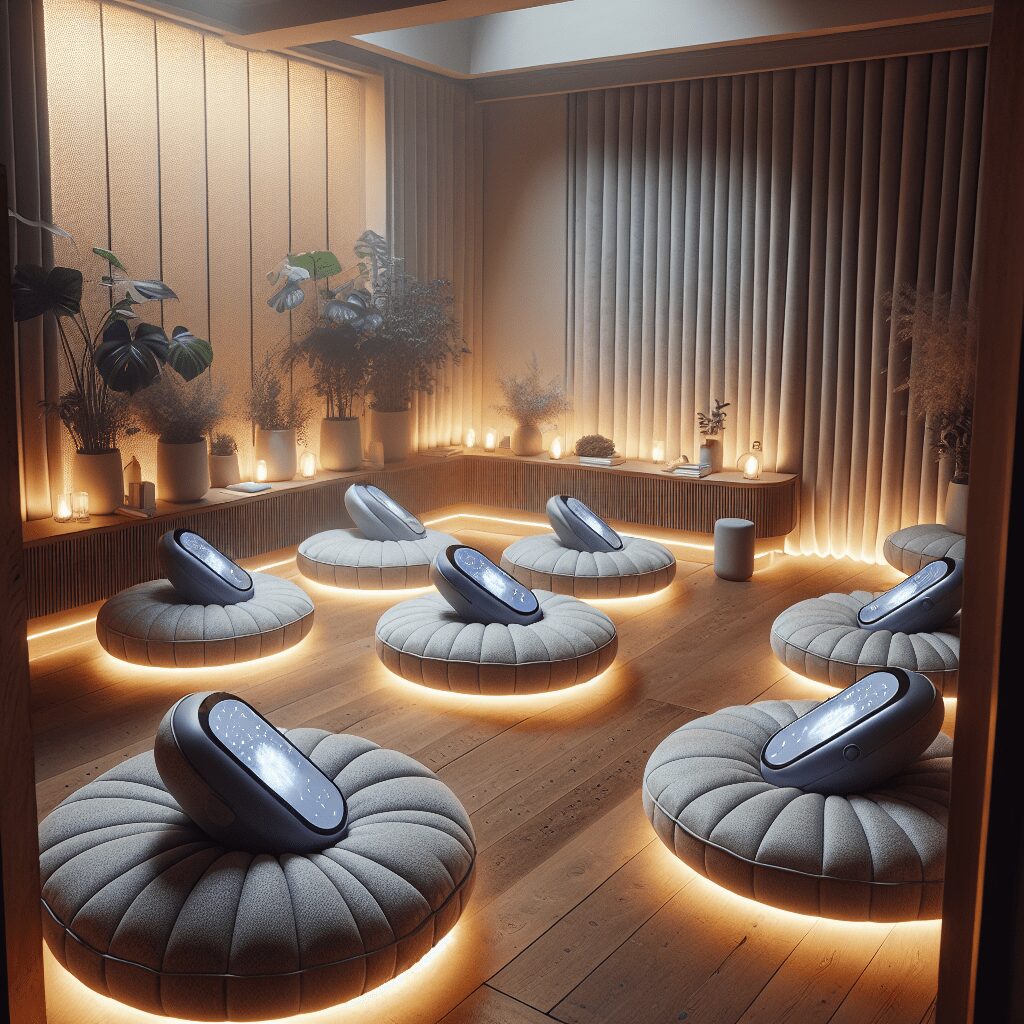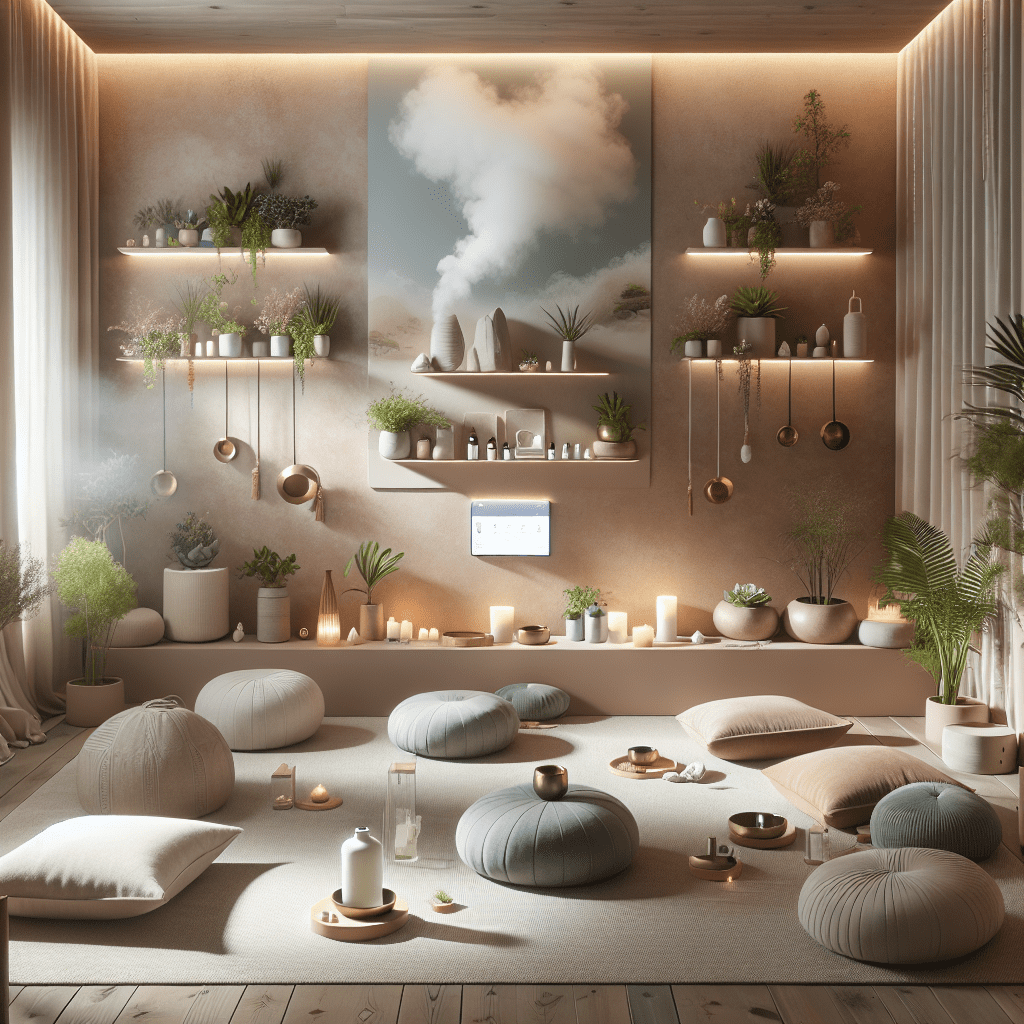
Prioritize your mental well-being daily. Enhance your life by nurturing your mental health with the Smart Meditation app. Break free from stress, alleviate anxiety, and enhance your sleep quality starting today.
Do Anxiety And Depression Coexist?
Unveiling the Tie Between Anxiety and Depression
It’s like asking if the chicken came before the egg or vice versa. The relationship between anxiety and depression is so intertwined that it often leaves experts scratching their heads. Yet, recent strides in psychological research have begun to unravel this complex tapestry, offering insights that could shape the future of mental health treatment. So, do anxiety and depression coexist? In short, absolutely. But let’s not just leave it at that; dive a little deeper to understand the how and why.
The Intricate Dance of Anxiety and Depression
Anxiety and depression are often seen as two sides of the same coin, and for good reason. For starters, the stats don’t lie. Studies indicate that a staggering 50% of individuals diagnosed with depression are also diagnosed with an anxiety disorder. But what’s the deal here? Why does this duo seem to tango so frequently within individuals?
The Shared Pathway
First off, anxiety and depression share some common pathways in the brain. It’s like they’re roommates in the complex structure of our minds, influencing neurotransmitters and neural circuits in a way that can lead to both conditions manifesting simultaneously. They often feed into each other; anxiety can be a crippling fear of what’s to come, while depression can stem from rumination over what’s already occurred. It’s a vicious cycle, one feeding the other.
The Symptom Overlap
There’s also considerable symptom overlap. Trouble sleeping, difficulty concentrating, and changes in energy levels can be hallmarks of both conditions. This symptom similarity can sometimes make it a real head-scratcher for professionals trying to pin down a diagnosis. It’s like trying to nail jelly to a wall – challenging, but not impossible with the right tools and understanding.
Breaking Free From the Vicious Cycle
Recognizing the coexistence is one thing; tackling it is another kettle of fish. The silver lining, however, is that acknowledging this intertwined relationship has paved the way for integrated treatment approaches.
Holistic Approaches to Healing
-
Cognitive Behavioral Therapy (CBT): This method is a heavy hitter in the realm of psychological treatments. It’s about changing patterns of thinking or behavior that are behind people’s difficulties, and it’s proven to be effective for both anxiety and depression.
-
Medication: Sometimes, a chemical helping hand is needed. Antidepressants, like SSRIs, can effectively treat symptoms of both conditions. However, it’s not a one-size-fits-all solution, and professional guidance is key.
-
Lifestyle Adjustments: Don’t underestimate the power of a good diet, regular exercise, and sufficient sleep. Pair those with mindfulness practices like meditation, and you’ve got a solid foundation for combating the coexistence of anxiety and depression.
The Power of Understanding
Knowledge is power, as the saying goes, and it particularly holds in managing anxiety and depression. Understanding that these conditions can and often do coexist brings a sense of relief to many. It’s not all in your head, well, technically it is, but it’s real, tangible, and, most importantly, manageable with the right strategies and support.
So, there we have it. Anxiety and depression can often be found locked in a tight embrace, complicating the lives of many. But, armed with the right knowledge and tools, breaking free from their grip is entirely possible. The journey to mental health is personal and unique to each individual, but it’s a journey worth taking. Remember, every step forward is a step in the right direction.





